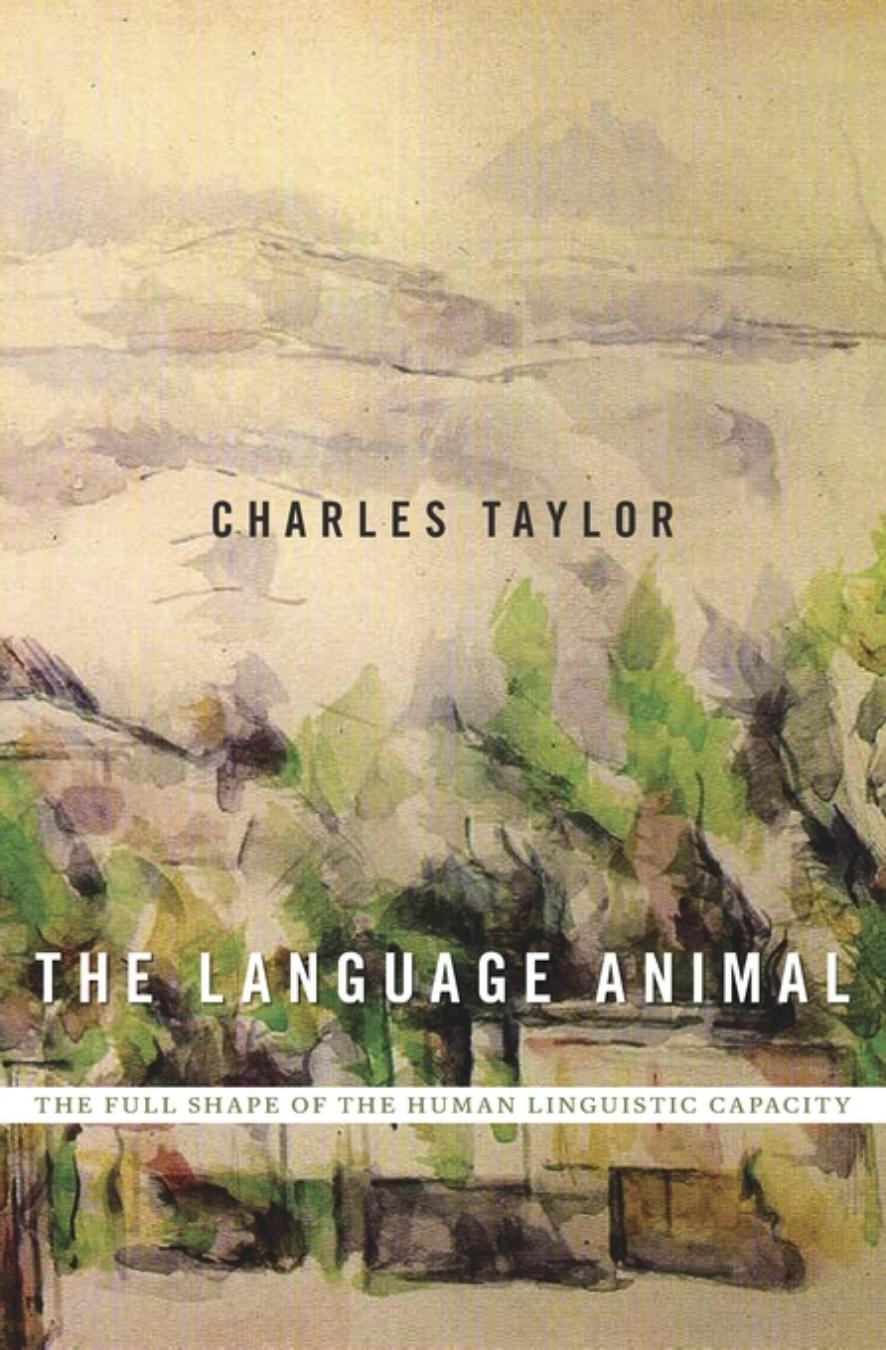The Language Animal: The Full Shape of the Human Linguistic Capacity by Charles Taylor

Author:Charles Taylor [Taylor, Charles]
Language: eng
Format: epub, azw, pdf
ISBN: 9780674660205
Publisher: Harvard University Press
Published: 2016-03-13T23:00:00+00:00
6
Constitution 1
The Articulation of Meaning
1
In Chapter 5 I discussed how what I called “figuring” can extend the reach of our descriptive powers. The time has now come to take on the issue of semantic innovation in general.
We must take seriously Humboldt’s often repeated point, which I invoked in Chapter 1, that possessing a language is to be continuously involved in trying to extend its powers of articulation. In other words, we always sense that there are things we cannot properly say, but we would like to express. There is always a “feeling that there is something which the language does not directly contain, but which the [mind/soul], spurred on by language, must supply; and the [drive], in turn, to couple everything felt by the soul with a sound” [Gefühl, daß es etwas gibt, das die Sprache nicht unmittelbar enthält, sondern der Geist, von ihr angeregt, ergänzen muß, und den Trieb, wiederum alles, was die Seele empfindet, mit dem Laut zu verknüpfen].1 This endless striving to increase articulacy is the real point behind the famous Humboldt saying about using finite means to infinite ends. The “finite means” here doesn’t refer to an existing stock of words, as the Chomskian interpretation seems to assume; rather it is the finite stock of sounds at our disposal, with which we can find expression for an unlimited range of phenomena.2
Some readers may find Humboldt’s image of a perpetual and urgent striving to greater articulacy somewhat overdrawn (though I don’t share this reaction), but what can’t be denied is that we sometimes have just this experience; and it is not only poets, novelists, and artists who feel this, although it is the very stuff of their existence, but also just about everyone at some point in their lives. We may want to describe a landscape, or the expression on someone’s face, or the sense we had of what moved someone to act as they did. But perhaps the place where we can feel this most urgently is when we try to understand our own feelings and motives.
The difficulty in this kind of case will often involve resistance, an unwillingness to admit to certain feelings or reactions, but it may also come from lacking the words, the distinctions, the nuances to get at our feelings.
What Humboldt is on to here is the experience of wanting to say what we cannot yet satisfactorily express. We can’t say what is missing here; we will only be able to do this after a successful articulation. The HLC model, of coining a word for an idea which is in the mind (or some object we observe), frequently doesn’t apply to this situation. Nor does the demand that the expression we use should apply “by a perfectly arbitrary imposition”; rather we need to find a formula which figures the phenomenon we are trying to disclose, be this through metaphor, or analogy, or creative extension of existing terms, or whatever.
The “right word” here discloses, brings the phenomenon properly into view for the first time.
Download
The Language Animal: The Full Shape of the Human Linguistic Capacity by Charles Taylor.azw
The Language Animal: The Full Shape of the Human Linguistic Capacity by Charles Taylor.pdf
This site does not store any files on its server. We only index and link to content provided by other sites. Please contact the content providers to delete copyright contents if any and email us, we'll remove relevant links or contents immediately.
The remains of the day by Kazuo Ishiguro(8835)
Tools of Titans by Timothy Ferriss(8233)
Giovanni's Room by James Baldwin(7201)
The Black Swan by Nassim Nicholas Taleb(7016)
Inner Engineering: A Yogi's Guide to Joy by Sadhguru(6730)
The Way of Zen by Alan W. Watts(6513)
Asking the Right Questions: A Guide to Critical Thinking by M. Neil Browne & Stuart M. Keeley(5665)
The Power of Now: A Guide to Spiritual Enlightenment by Eckhart Tolle(5613)
The Six Wives Of Henry VIII (WOMEN IN HISTORY) by Fraser Antonia(5403)
Astrophysics for People in a Hurry by Neil DeGrasse Tyson(5138)
Housekeeping by Marilynne Robinson(4350)
12 Rules for Life by Jordan B. Peterson(4252)
Double Down (Diary of a Wimpy Kid Book 11) by Jeff Kinney(4210)
The Ethical Slut by Janet W. Hardy(4178)
Skin in the Game by Nassim Nicholas Taleb(4166)
Ikigai by Héctor García & Francesc Miralles(4125)
The Art of Happiness by The Dalai Lama(4065)
Skin in the Game: Hidden Asymmetries in Daily Life by Nassim Nicholas Taleb(3935)
Walking by Henry David Thoreau(3898)
